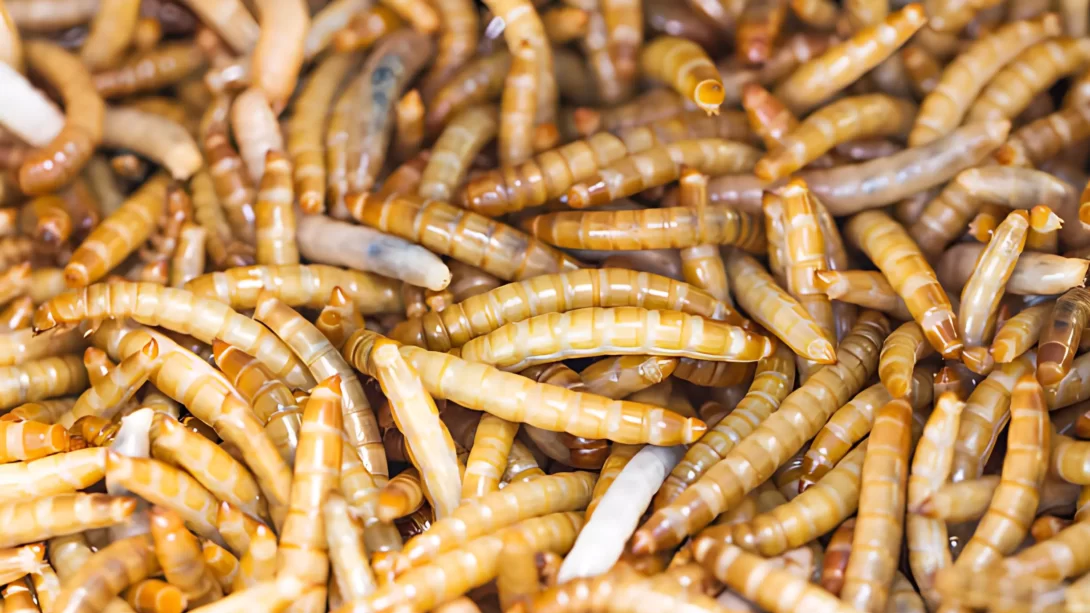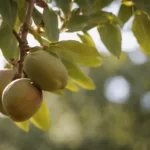Mealworms, the larval form of the mealworm beetle, Tenebrio molitor, are a common sight in various settings, from pet food containers to scientific research labs. Given their widespread use as a source of nutrition for pets and their role in scientific studies, understanding the lifespan of mealworms is crucial. This article aims to delve into the life expectancy of mealworms, shedding light on their life cycle and factors that influence their longevity.
Mealworms
Mealworms are not actually worms; they are the larval stage of a species of darkling beetle. Their life cycle comprises four distinct stages: egg, larva (mealworm), pupa, and adult beetle. Each stage plays a crucial role in the development and reproduction of the species. Mealworms are primarily used as a food source for reptiles, birds, and fish in captivity, and they are also utilized in scientific research due to their ease of care and breeding.
The Lifespan of Mealworms
The lifespan of mealworms varies significantly across their life stages:
- Egg Stage: The mealworm lifecycle begins as an egg. Eggs are tiny, white, and hard to see with the naked eye. They usually hatch within one to four weeks, depending on environmental conditions.
- Larva Stage: After hatching, the mealworm enters the larval stage, which is what most people are familiar with. In this stage, they can live for several months. The average lifespan of a mealworm larva is about 2 to 3 months, but this can extend up to 5 months under optimal conditions.
- Pupa Stage: Once the larva has grown sufficiently, it transitions into the pupal stage. This stage can last from a few weeks to a month. During this time, the mealworm is dormant as it transforms into an adult beetle.
- Adult Beetle Stage: The final stage of the life cycle is the adult beetle, which lives for a few months. The adult beetles lay eggs, continuing the cycle.
Environmental factors such as temperature, humidity, and diet play a significant role in determining the lifespan of mealworms at each stage. For example, cooler temperatures can slow down their development, extending the duration of each life stage.
Caring for Mealworms
Proper care is essential for maintaining the health and extending the lifespan of mealworms through each stage of their life cycle. Here are some best practices:
- Optimal Temperature and Humidity: Mealworms thrive in a temperature range of 70 to 75 degrees Fahrenheit. Humidity levels should be moderate, as too much moisture can lead to mold growth, while too little can cause dehydration.
- Housing: Mealworms can be kept in a simple container like a plastic tub or glass jar. Ensure the container has adequate ventilation to prevent the buildup of harmful gases.
- Substrate and Bedding: A mixture of wheat bran or oatmeal with a small amount of vegetable matter makes an ideal substrate and food source for mealworms. The substrate should be kept clean and dry to prevent mold and mites.
- Feeding: Supplement the mealworms’ diet with fresh vegetables like carrots or potatoes for additional nutrition and moisture. Avoid overfeeding and remove any uneaten or spoiled food promptly.
- Avoiding Overcrowding: Overcrowding can lead to stress, disease, and reduced growth rates. Ensure there’s enough space for the mealworms to grow and move around.
Mealworms in Research and Pet Care
Understanding the lifespan and care requirements of mealworms is particularly important in research settings and pet care:
- In Research: Mealworms are used in scientific studies due to their simple dietary needs and ease of breeding. Researchers must be aware of their life stages and environmental needs to maintain healthy populations.
- As Pet Feed: For pet owners, particularly those with reptiles or birds, providing healthy, well-cared-for mealworms ensures the nutritional quality of their pets’ diet. It’s important to feed pets mealworms that are at the right stage of development for their size and species.
Challenges and Common Issues
Raising mealworms can sometimes present challenges that need to be addressed for a healthy colony:
- Pest Infestations: Mites and other pests can infest mealworm colonies. Maintaining cleanliness and regularly changing the substrate can help prevent infestations.
- Mold Growth: Excess moisture can lead to mold growth, which is harmful to mealworms. Proper ventilation and balanced moisture levels are key to preventing this.
- Nutritional Deficiencies: Mealworms require a balanced diet to remain healthy. Ensuring their diet includes both grain-based substrates and fresh vegetables is important for their overall health.
Signs of Health Issues in Mealworms
Be on the lookout for signs of distress or poor health in your mealworm colony, such as:
- Lack of movement or sluggishness
- Discoloration or mold on the substrate
- Unusual smells indicating decay or mold
Tips for Prevention and Care
To maintain a thriving mealworm population:
- Regularly inspect and clean their housing to prevent mold and pests.
- Provide a balanced diet and remove any uneaten food to prevent spoilage.
- Monitor temperature and humidity levels to ensure an optimal environment.
Conclusion
Mealworms, with their distinct life cycle stages, can live for varying durations depending on the care and environmental conditions they are provided. From eggs to adult beetles, each stage requires specific considerations in terms of temperature, housing, and diet to ensure the colony’s health and longevity.
Whether used for scientific research, pet food, or even as a hobby, understanding the nuances of mealworm care is crucial for successful rearing. By addressing the common challenges associated with raising mealworms and adhering to best care practices, you can ensure a healthy and productive colony. Remember, the key to successful mealworm cultivation lies in the attention to detail and proactive management of their environment and dietary needs.



